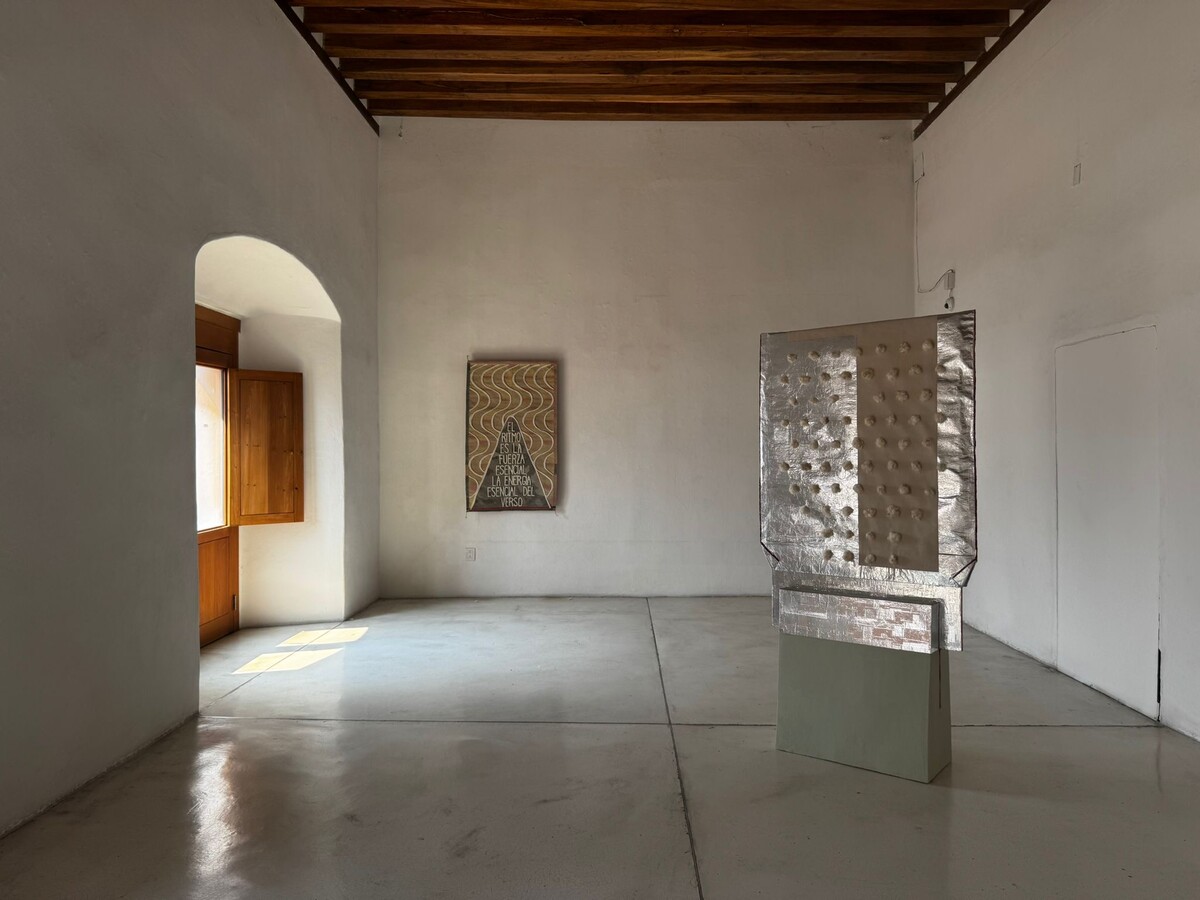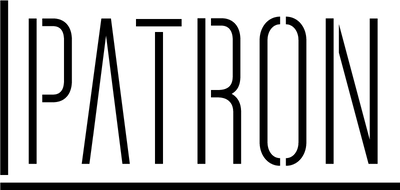
The Text and Its Substances emerged after many years of visiting books with insect-made holes in the collection of the Francisco de Burgoa Library. My encounters with these books, bearing traces of insects, became an opportunity to reflect on the transformation of all matter over time. This transformation spans the cosmic—such as the formation of gold in ancient stellar furnaces—to the words written on a page. Books with holes also invite us to consider the life force of the tiny larvae that carve out their homes within these texts. For many of us, this act happens only metaphorically. But for these creatures, the book is literally a dwelling, a reminder that even decay has its own form of life.
A companion exhibition, The Book and Its Witnesses, is currently presented at the Francisco de Burgoa Library, featuring these books.
2.
Almost one hundred years ago, the poet Vladimir Mayakovsky published a treatise titled How Are Verses Made? In this fascinating and brief book, he writes about the nonverbal elements that give poetry its power. He wrote “Rhythm is the fundamental force, the fundamental energy of verse.” Embroidery and weaving are rhythmic processes and—like breathing—they have cadence. Through the process of sewing, I myself dissolve willingly into its rhythms. In reading Mayakovsky’s book, I came to understand even more clearly the notion that textiles and texts are etymological siblings rooted in process. Both emerge from the Latin root texere: to weave.
3.
Between 2023 and 2024, I lived for nine months in Oaxaca. During that time, I met the family of Dr. Jerónimo Vásquez, weavers from Teotitlán del Valle. Through him, I began collaborating with Liliana Vásquez and Antonio Mendoza. Together, we created tapestries using wool dyed primarily with cochineal, an insect that extracts carminic acid from the prickly pear cactus. With cochineal, one can achieve a wide range of reddish and purple hues in dyeing. Cochineal was once highly sought after until synthetic dyes were introduced, which allow for almost instantaneous coloring. Dyeing with cochineal is a slow process of devotion to the insect, the plant, and to fire. So far, Lili, Toño, Dr. Vásquez, and I have created five tapestries based on texts. Three of them are part of this exhibition: two quote Mayakovsky, and the third includes a fragment from an essay by Anni Albers on the loom.
4.
Beyond these reference points, the works in this exhibition and those on display at the Burgoa Library are meditations on the forms writing can take, the love for books, the cyclical time of plants and insects, and the stones that will outlast us. Together, these works offer a view of writing as a substance that exceeds what can be said in words.
—Dianna Frid
